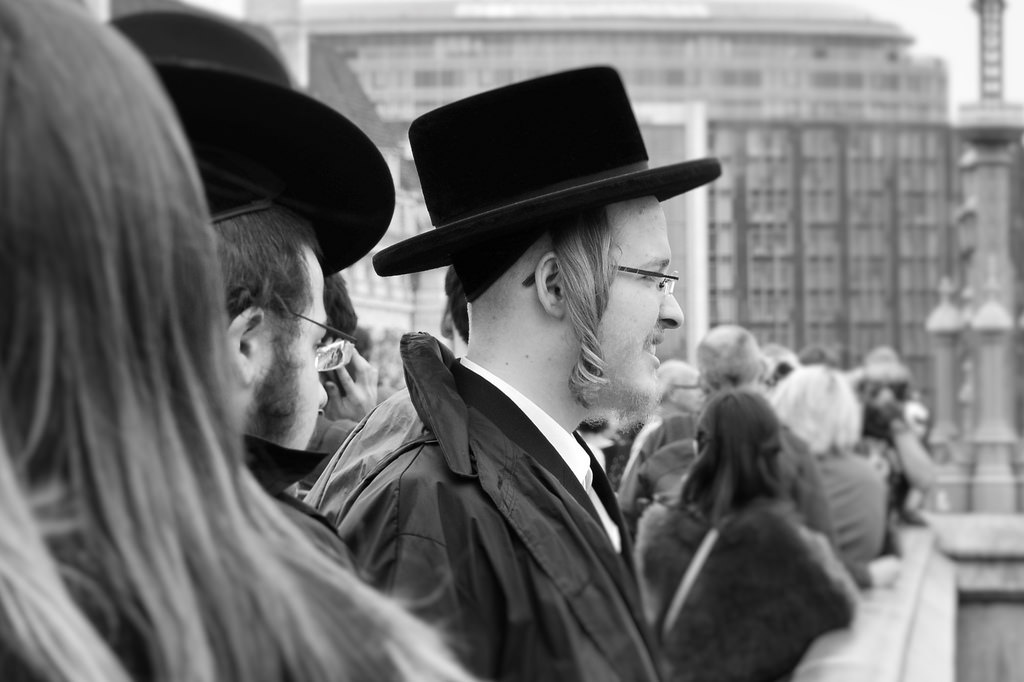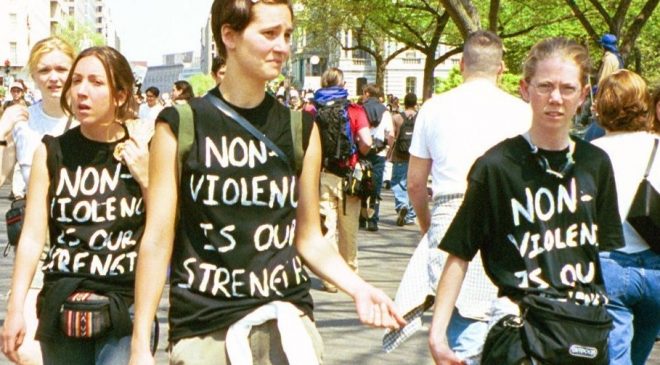I used to live near an Orthodox Synagogue. Because of their religious belief, Orthodox Jews do not drive on the Sabbath; they walk to services every Friday night; therefore, they strongly prefer to live in close proximity to their synagogue.
Since this synagogue was on a major venue, I walked through often, and came to recognize a distinct style, big bushy beards, a certain kind of flat-brimmed hat, the cut of overcoat, the somber colors.
I’m sure, for natural reasons, that these birds do flock together. But there are no hard-and-fast boundaries. If we were to inspect the demographics, we’d probably find many Orthodox families grouped in distinct clusters. We’d also find some areas where Orthodox and Gentile intermingle to some degree.
There was no “border control.” Nobody barred my passage through the neighborhood. It’s quite probable that if I’d taken a shine to some potential mate therein, the family would have steered us apart. There were no artificial barriers to conversation and commerce, but my actual intercourse with these neighbors was slight.
Bordertarians leap from these natural groupings of people to a demand to draw arbitrary lines and borders and post guards to create and enforce physical separation. That’s quite a extrapolation. They’ll go even further, and claim that the mere proximity of people whose hues of skin or ideas or religion differ from one’s own is “forced integration.”
The lack of an artificial border did not prevent my neighbors and I from respecting each other’s person and property. The border controls proposed by bordertarians would disrespect both person and property, and impede voluntary associations and the right to use and dispose of one’s own property.



